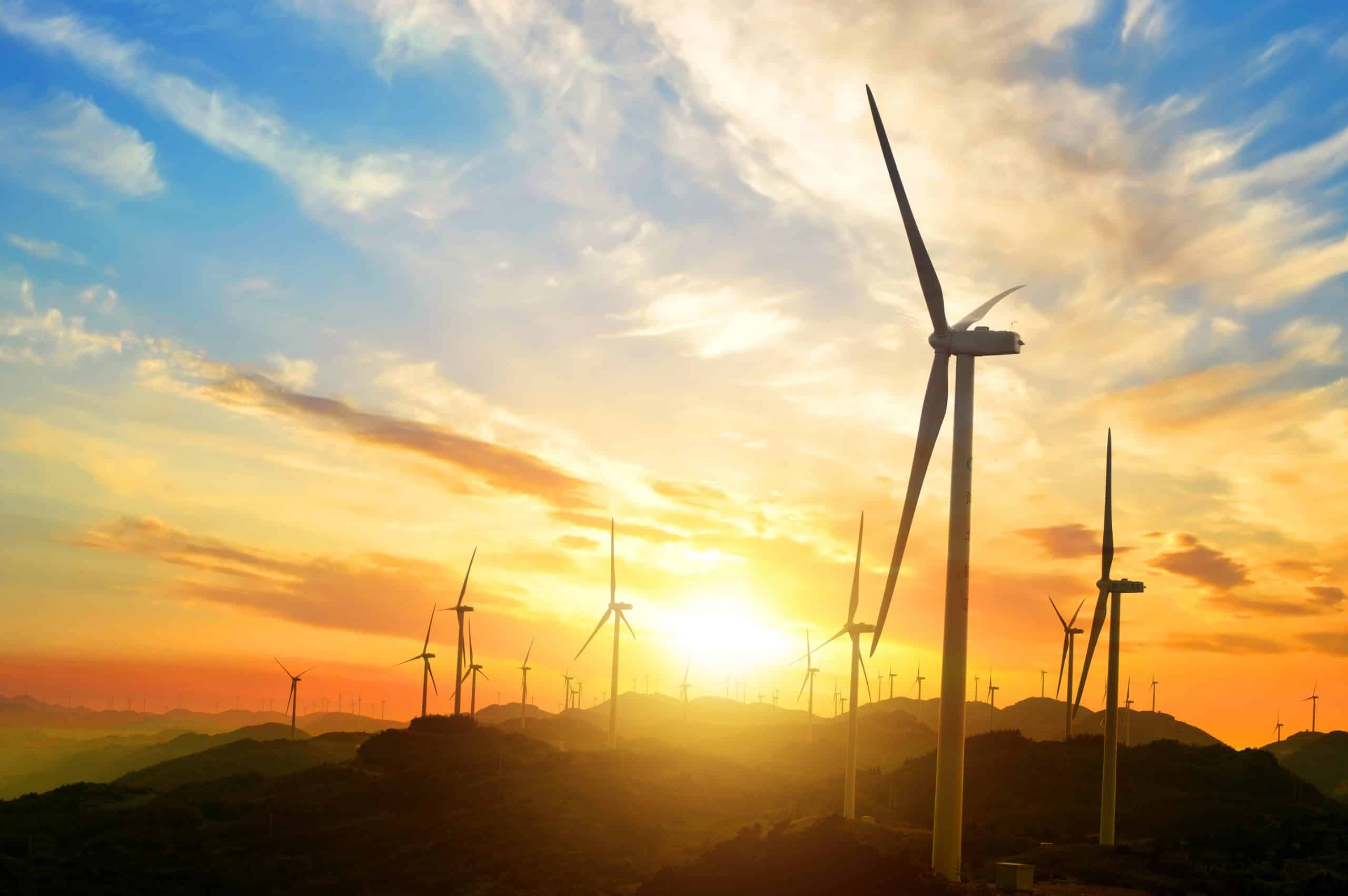Wind Accounted for 22 Percent of New Electricity Capacity Installed in 2022: DOE

Wind power accounted for 22 percent of new electricity capacity installed in the U.S. last year, representing $12 billion in capital investment, according to wind energy market reports issued by the U.S. Department of Energy. The reports – 2023 offshore, land-based, and distributed wind market reports – show that wind power continues to be a fast-growing and low-cost source of electricity due in part to the 2022 Inflation Reduction Act, or IRA, which includes a historic $369 billion investment in energy security and climate change programs over the next ten years.
The IRA contains a long-term extension of the production tax credit, or PTC, at full value assuming that new wage and apprenticeship standards are met. Among many other provisions, IRA also includes new production-based and investment-based tax credits to support the build-out of domestic clean energy manufacturing.
Since the enactment of the IRA, projections for land-based wind energy have increased by almost 60 percent, reaching 18,000 megawatts by 2026. The Land-Based Wind Market Report for 2023 reveals that 8,511 megawatts of utility-scale onshore wind capacity was added in 2022. The report highlights that non-utility buyers, such as corporations, are becoming major purchasers of wind power for the first time, accounting for 44 percent of new capacity installed in 2022. The size and capacity of wind turbines continue to grow, contributing to competitive costs. The average newly installed wind turbine’s capacity increased by 7 percent from 2021 to 2022, reaching 3.2 megawatts, while the turbines’ height increased by 4 percent to 98.1 meters, enabling them to harness more potent wind resources at greater heights.
The offshore wind sector is also gaining traction due to the Biden administration’s commitment to a clean energy economy. The Offshore Wind Market Report for 2023 outlines a 15 percent capacity increase in U.S. offshore wind projects, totaling 52,687 megawatts with investments of $2.7 billion in the sector. The administration’s expansion of offshore initiatives beyond traditional regions, including auctions in California and the Gulf of Mexico, signals the desire to diversify the offshore wind industry.
States such as New Jersey, New York, and Massachusetts lead the offshore wind energy pipeline, aiming for significant offshore capacity by 2050. The Distributed Wind Market Report for 2023 authored by Pacific Northwest National Laboratory, highlights the addition of 1,755 distributed wind turbines in 13 states during 2022. These distributed wind systems cater to on-site energy needs and local electricity distribution networks. This cumulative expansion now accounts for 1,104 megawatts of capacity across all 50 states, territories, and the District of Columbia.
Wind energy now constitutes 10 percent of total electricity generated in the U.S. In 2022, Iowa generated a nation high of 62.4 percent of its electricity from land-based wind power, while South Dakota, Kansas, Oklahoma and North Dakota all got over 40 percent of their electricity from land-based wind power. However, 2022 saw slower deployment due to supply chain issues, higher rates, and policy changes.
EnerKnol Pulses like this one are powered by the EnerKnol Platform—the first comprehensive database for real-time energy policy tracking. Sign up for a free trial below for access to key regulatory data and deep industry insights across the energy spectrum.
ACCESS FREE TRIAL